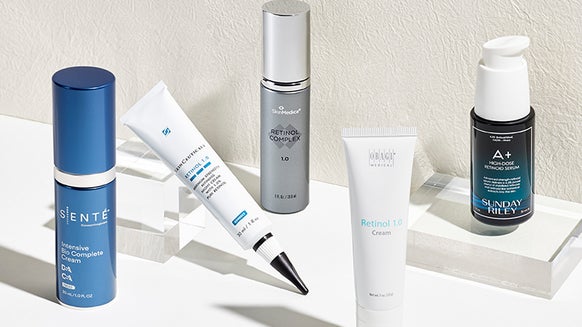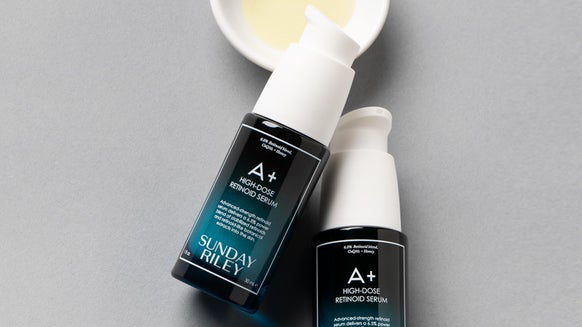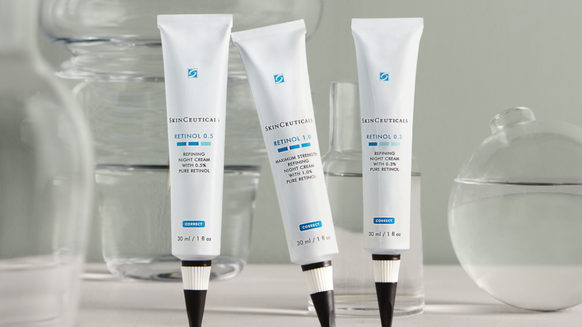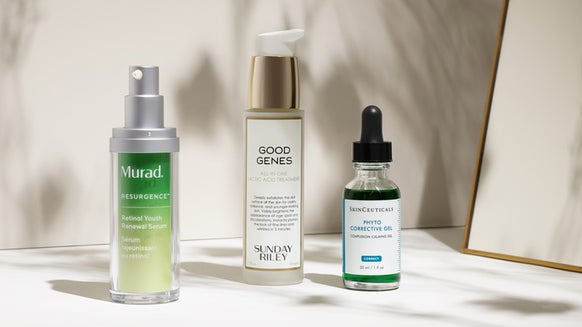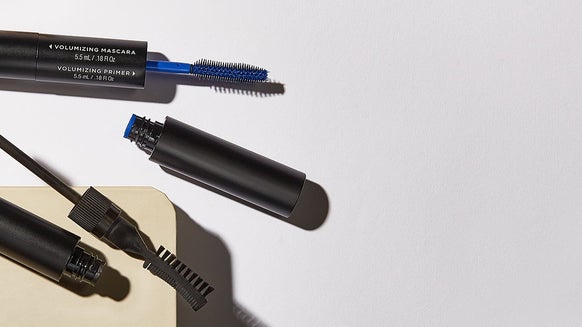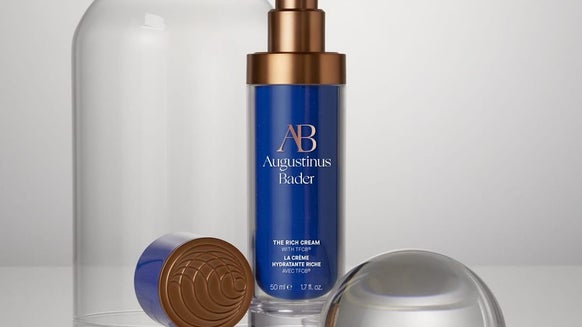What It’s Like to Start Using Retinol for the First Time
Of all the skin care ingredients out there, there’s one that reigns supreme, and that’s retinol—a type of retinoid derived from vitamin A. This does-it-all ingredient is known for its impressive benefits: reducing acne, regulating skin cell turnover, brightening skin, stimulating collagen production and, most notably, reducing the appearance of fine lines, wrinkles, pores and dark spots. “Retinol is one of the only ingredients that has been scientifically proven to have benefits for the prevention of fine lines and wrinkles,” explains Dr. Marisa Garshick, a board-certified dermatologist at
It seems like there’s not much retinol can’t do for your skin, which is why, as a beauty writer in my late 20s, getting on the retinol bandwagon seemed like a no-brainer for me. It’s a perfectly safe, non-injectable way to keep my skin looking youthful, healthy and breakout-free, right? Well…while the eventual results were worth it, my experience using retinol for the first time was anything but seamless. However, if I knew what I know now before adding retinol to my skin care routine, it would have made all the difference.
Here, learn from my mistakes so you can avoid the irritation and skip straight to the part where you see glowing results.
What Happens When You Start Using Retinol?
I started using retinol three to five times a week as part of my skin care routine, which included a face wash, toner, serum, moisturizer and SPF. I snuck the retinol in right before the serum so that it would fully absorb. After about a week of use, the first thing I noticed was that my skin was tighter and firmer—definitely a plus—but my skin also became incredibly dry, especially on the areas where I was applying the retinol (the corners of my eyes, my forehead and smile lines).
As it turns out, there’s a name for this dryness: “Retinol dermatitis describes the skin irritation that sometimes occurs when using retinol-containing products and presents with skin changes including redness, dryness, scaling, itching, irritation, stinging, burning and swelling,” says Dr. Brendan Camp, a board-certified dermatologist at
I peeled—like, badly. It was more than just uncomfortable, but also hard to cover up, especially because I knew that using makeup on my irritated skin would only make things worse. As it turns out, I didn’t approach the process the right way. I reached out to my dermatologist to find out what I should do to avoid the negative side effects and gain the positive ones—e.g. glowing skin—and she told me to dial things way back.
The Right Way to Use Retinol for the First Time
The best advice for starting to use retinol: Ramp up slowly! “People who jump right in and use retinols every night from the very beginning often get ‘burned,’” says Dr. Camp. For this reason, he recommends applying just a pea-size amount of product to your entire face every third night for a month in order to develop a tolerance to the ingredient. Some call this microdosing. “For the next month, increase the applications to every other night, and after that increase the frequency of application as tolerated,” he says. For those who experience redness or skin irritation, like me, Dr. Camp recommends mixing the product with an equal amount of face moisturizer. “This dilutes the [retinol], makes it easier to spread on the skin and minimizes potential side effects,” he adds.
What you definitely don’t want to do is apply a retinol immediately after washing your face. “Damp skin may allow retinols to penetrate more deeply and cause more pronounced side effects,” warns Dr. Camp. For retinol newbies, he recommends waiting 10 minutes after washing and drying your face before applying the product.
What you do want to do is always wear SPF—especially when starting a retinol routine. This is because retinol makes your skin more sensitive to the sun’s harmful UV rays.
In my experience, once I limited my retinol use to once weekly for the first month, the peeling went away and my skin started thriving. Picture glowing, not-too-dry, not-too-oily skin that was noticeably firmer than before I started using the retinol. I was hooked. I’ve now been using retinol for about a year and my skin can finally tolerate using it three to five times a week.
My advice: Stick with the routine and don’t give up right away. Like most good things, retinol takes time to work its magic. Both Dr. Garshick and Dr. Camp recommend sticking with your retinol routine for at least three months to see the benefits. And if you get dry or irritated, skip a few days until your skin recovers. The results will be worth the wait.

From the latest hair and makeup trends to the best solutions for your skin issues, we've got all your beauty concerns covered!
